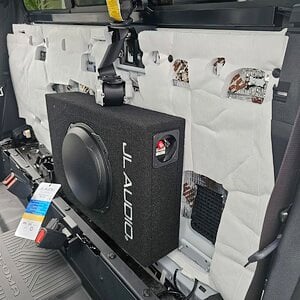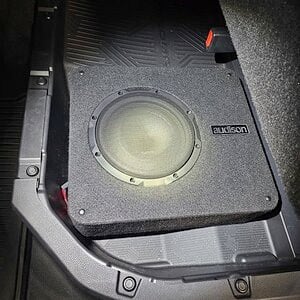OP, setting your gains via the DMM and formula you used is easiest way, even if the least accurate.
To wit: You calculate for your amp's max output of 760WRMS, set your gains to make your amp output the 55.1V, and all is kosher, yes?
Not really!
This is based solely upon rated speaker impedance....but but what about box-rise?
Theoretically, say your enclosure presents an additional load of 0.85 ohms. Well, that would mean you need an additional 11.7V added to your earlier calculation of 55.1V.
BUT, since the load seen by the amp is reactive versus purely resistive, anyway....then there's temp variation, voltage drops across speaker wiring and terminal connections, and several other variables to be taken into account.
Anyone got a non-linear equations book handy.....? //content.invisioncic.com/y282845/emoticons/suicide.gif.a649d21efc0d1fd4890a6428166586c1.gif
Ah, well. Maybe you should just set it up for 55.1V without subs connected.
At least for now!


